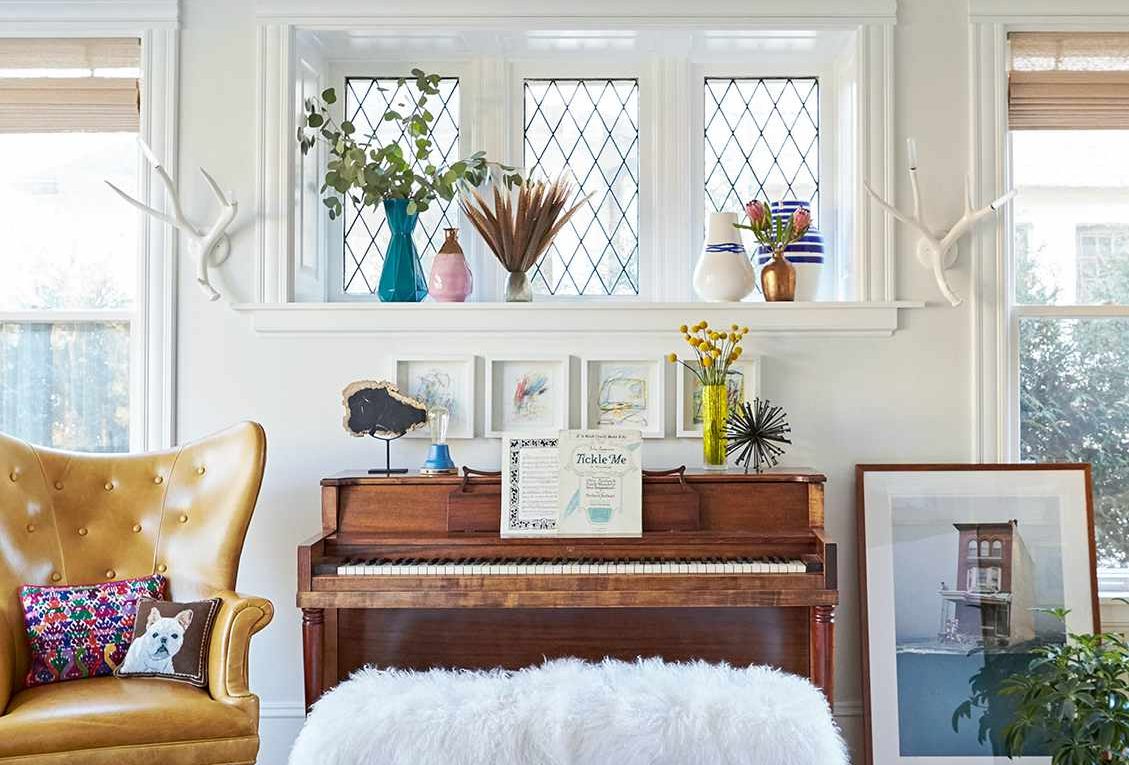The Importance of Adapting Small Space Decorating to Changing Needs
Table of Contents
Tips for Adapting Small Space Decorating for Changing Needs
Decorating small spaces can be tricky. On the one hand, it’s important to make the most of every inch of space. On the other, you want to create a space that is comfortable for day-to-day living. This requires managing the balance between form and function – and this becomes even more challenging when the needs of the home occupants change. Despite the difficulties, adapting small space decorating to changing needs is key to creating a happy, livable home.
1. Consider Your Color Scheme
At the start of any space makeover, it’s important to consider the color palette to be used. Colors can have a massive effect on the feel of a room and it’s important to think carefully about this. Generally speaking, light, bright tones can make a space feel fresh, spacious and welcoming. Darker hues can make a room appear more cozy. When it comes to adapting small space decorating for changing needs, it’s best to opt for a neutral palette. This will provide the perfect backdrop for changes later on.
2. Prioritise Storage and Multi-Functional Pieces
Storage is vital in any home, but especially in a small space. Whatever changes you anticipate, the need for storage should remain a priority. To economize on space, choose storage pieces that offer dual functions. A sofa bed is a great example of this. During the day, it serves as seating, but at night it can be conveniently used as a bed. Another great idea for adaptive small space decorating is to opt for furniture with adjustable heights, such as height adjustable desks or tables.
3. Place Items in Easily Accessible Places
When making changes to the decor of small spaces, it’s important to maximize the available space. Items should be placed in an organized, easily accessible way. Anything used regularly should be within easy reach. This includes frequently used items, such as books or toys, as well as items relating to day-to-day maintenance such as cleaning supplies. If you anticipate different users having different needs over time, choose easily moveable items as these can be quickly and easily switched around as needs change.
4. Keep Things Flexible
When searching for solutions to adapt small space decorating requirements, flexibility is key. Choose pieces that can be adapted or used in multiple ways. For example, a large ottoman can be used as both seating and storage. If needs change and a bedroom needs to be created within the living area, a fold-out bed can be a great space-saving solution. Bunk beds can also be a great option, especially in the bedroom. Even small items, such as wall shelves, can be placed in a way that offers flexibility.
5. Refresh Your Room Regularly
If your needs are likely to change over time, a great way to stay on top of adapting to them is to add a splash of new decor on a regular basis. You could incorporate new item or accessories, like cushions, artwork or rugs, or something bigger like a new piece of furniture. Adding a few new items to the room can greatly influence the feel and atmosphere of the space.
Adapting small space decorating necessitates thoughtful consideration and creative solutions. However, a few simple steps can help create a space that’s welcoming, practical and flexible. Keeping storage solutions and multi-functional pieces in mind and choosing easily adaptable items can help make the process of modifying the space easier. By considering these tips, it’s possible to make the most of any small space, no matter how often its needs might change.





